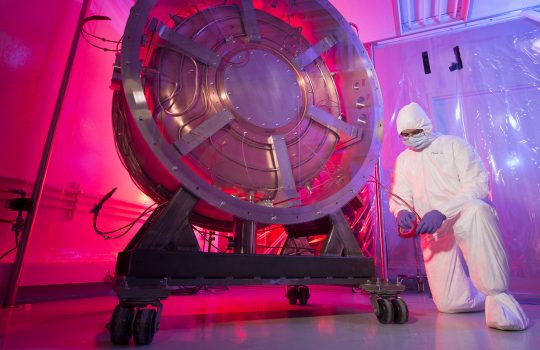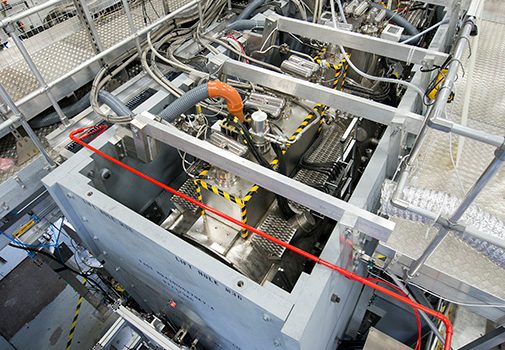A barrier to colliding particles called muons has been smashed
From Science News, Feb. 5, 2020: A new experiment raises prospects for building a particle accelerator that collides particles called muons, which could lead to smashups of higher energies than any engineered before. Fermilab scientist Vladimir Shiltsev comments on how scientists with the Muon Ionization Cooling Experiment, or MICE, have cooled a beam of muons, a necessary part of preparing the particles for use in a collider, the team reports online Feb. 5 in Nature.



